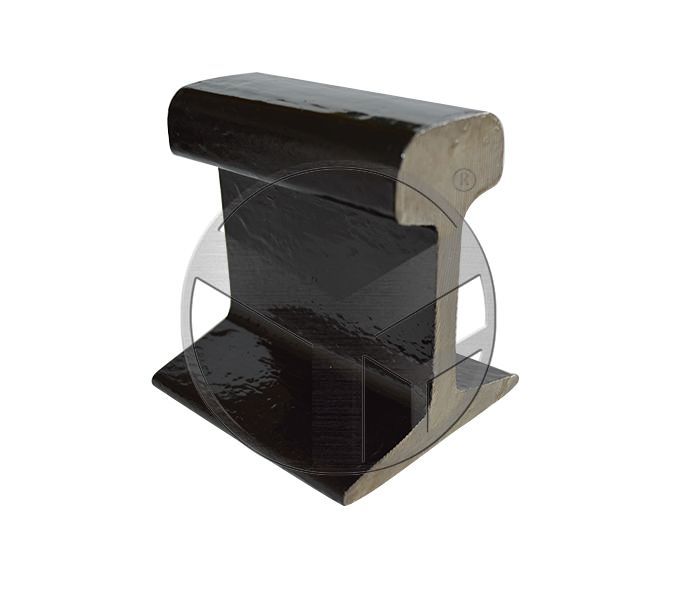Light Steel Rail as a whole engineering structure, the track is laid on the subgrade, plays a guiding role in train operation, and directly bears the huge pressure of rolling stock and its load. Under the action of the train's driving power, its various components must have sufficient strength and stability to ensure that the train runs safely, smoothly and uninterrupted at the maximum speed specified.
Light Steel Rail
The type of light rail rail is expressed in kilograms per metre of rail mass. There are several Heavy Steel Rails used on Chinese railways such as 75kg / m, 60kg / m, 50kg / m, 43kg / m, and 38kg / m. The cross-sectional shape of the rail adopts an I-shaped cross-section with the best bending resistance performance. It has a rail head, 43G, 50G, 60G rail cross-section diagrams, a rail waist and a rail bottom. In order to make the rail better withstand the forces from all aspects and ensure the necessary strength conditions, the rail should have sufficient height, its head and bottom should have sufficient area and height, and the waist and bottom should not be too thin.
The train runs on steel rails, which are nailed to the sleepers, which are laid on the ballast. But have we ever wondered why the rails are not laid directly on the ground? Don't worry, Steel Rail Supplier will tell you.
The train's own weight and its load capacity are very large. If the rail is directly laid on the subgrade surface, the contact area between the rail and the subgrade surface is small, the weight per unit area is large, and the subgrade surface cannot bear such a large weight. Uneven subsidence occurred. The rails were nailed to the sleepers to widen the contact surface. However, if the sleepers are laid directly on the roadbed, not only the direction is not easy to fix, but also subsidence will still occur, which will make the rails skew left and right and uneven. The sleepers are laid on the ballast, the weight of the train is transmitted to the sleepers through the rails, and the sleepers are transmitted to the larger subgrade surface through the ballast, which increases the contact area, reduces the pressure on the unit area, and the subgrade surface can It can bear a lot of train weight. Although the rails are nailed to the sleepers and laying the sleepers on the ballast is troublesome, it can make the rails straight and ensure that the vehicle runs safely, smoothly, and at high speed.
There are two connection methods for rail joints, namely butt joint and mismatch. Both joint methods have their advantages. Butt tracks can be laid in mechanical sections. Mismatch can only be laid one by one on the line. In the case of docking, the impact effect is balanced and it is easy to maintain the level, while in the case of misconnection, the impact is unbalanced from time to time and it is difficult to maintain the level. When the train passes through the joint, the impact of the two steel rails occurs simultaneously, so the number of impacts is half less than that of misconnection.
Copyright:@2020-2021
Comments Please sign in or sign up to post.
0
0 of 500 characters used